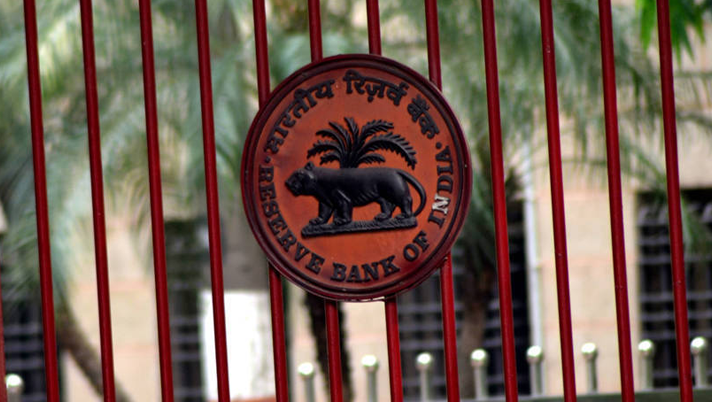Budget 2025-26: New Customs Duty Structure & Tariff Unveiled – Impact on Trade Deal with US?

Budget 2025-26: New Customs Duty Structure & Tariff Unveiled – Impact on Trade Deal with US?
The interim government has announced a significant shift in import duty structures for the upcoming 2025-26 fiscal year. Finance Adviser Dr. Salehuddin Ahmed, during his televised budget speech on Monday, revealed a revised tier system for customs duties, moving away from the existing six-tier structure. This announcement has sparked considerable discussion, particularly regarding its potential impact on ongoing trade negotiations with the United States.
Understanding the New Structure
The core change involves the introduction of a new tier within the import duty framework. While the specifics of this new tier are still being widely analyzed, the intention appears to be to streamline the system and potentially align it with international trade practices. Dr. Ahmed emphasized that this restructuring aims to create a more predictable and transparent environment for importers and exporters, a key factor in fostering economic growth and attracting foreign investment.
Why the Change Now? The US Trade Deal Factor
The timing of this announcement is particularly noteworthy. Bangladesh has been engaged in extensive negotiations with the United States regarding a potential trade agreement. This agreement, if finalized, could significantly boost Bangladesh's exports and strengthen its economic ties with the US. Analysts believe the new customs duty structure is, in part, a strategic move to demonstrate Bangladesh's commitment to trade liberalization and create a more favorable environment for US businesses.
“The government is signaling its willingness to adapt its trade policies to meet the requirements of a potential trade deal with the US,” explains Dr. Aminul Islam, an economist at the Bangladesh Institute of Development Studies. “Simplifying the customs duty structure is a positive step towards reducing trade barriers and enhancing competitiveness.”
Potential Implications & Concerns
While the move is generally viewed positively, some concerns have been raised. Smaller businesses, in particular, may need time to adjust to the new system and understand its implications for their import costs. There's also a need for clear communication and comprehensive guidelines from the government to ensure a smooth transition.
Furthermore, the specifics of the new tier and its application to various goods will be crucial in determining its overall impact. A detailed analysis of the tariff rates within each tier is essential for businesses to accurately assess their import costs and plan their operations.
Looking Ahead
The introduction of this new customs duty structure marks a significant development in Bangladesh’s economic landscape. Its success will depend on effective implementation, clear communication, and ongoing monitoring of its impact on trade flows and economic growth. The interplay between this new structure and the ongoing trade negotiations with the US will be a key factor to watch in the coming months. The government's commitment to transparency and stakeholder engagement will be paramount in ensuring a successful transition and maximizing the benefits of this policy change. The budget speech highlighted a focus on sustainable development and inclusive growth, and this revised customs structure is intended to support those broader economic goals.





